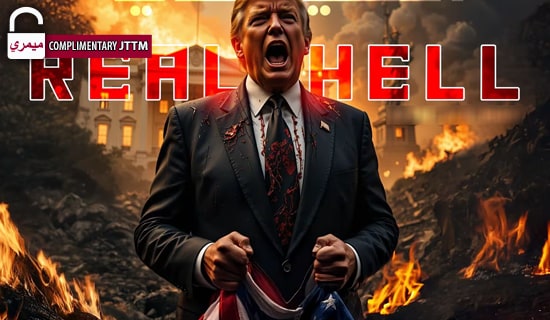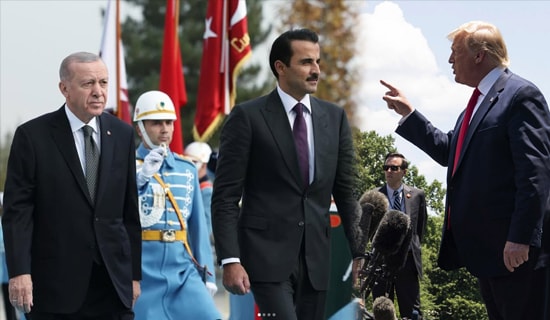In his January 13, 2016 column in the Jordanian daily Al-Dustour, Maher Abu Tair warned of the damage done to children's psyches by the graphic images broadcast by media, even in countries where there is no war or conflict. He wrote that exposing children to such images shapes their consciousness and terrorizes them, so that they could grow into fearful and submissive adults too anxiety-ridden to stand up for themselves. Abu Tair went on to call on media to act responsibly and to choose images that can convey the story without causing damage to viewers.

Maher Abu Tair (Aljazeera.net, February 4, 2015)
The following are excerpts from his column:[1]
"Tens of thousands of video items and scenes of slaughter in Palestine, Iraq, Syria, Yemen, Libya, and many [other] places flow from the media every year. These images are not mere pictures; they connect people who do not experience disasters with those who do.
"However, we wonder about one specific group - the young people who absorb this blood-soaked media through the TV screens, social networks, and websites. This is because this generation cannot be kept away from these graphic images, encountered via its laptops, desktops, iPads, and even WhatsApp. There are numerous options available.
"If children in countries affected by a disaster are exposed to mental devastation, their souls plagued by fear and terror as a result of seeing death and slaughter with their own eyes - like the children of Gaza or Syria - ... what about the children who see such scenes from afar, and what about the impact those images have on them? This is not a comparison of the two situations - [such] comparisons are unfair - but we are discussing a certain situation that proves that the mental devastation of the Arab identity includes everyone - both those subject to bombing and those who view the bombing [in the media].
"We want [to hear some] professional opinions on the psychological impact [of such images] on children outside the devastated countries, millions of whom, especially Arabs, [are exposed] to this torrent of graphic media. What effects will could exposure have[?] Will it ruin their personality, and lead to emotional submissiveness and humiliation at an early age, so that the child will grow into a panicked, anxious, and subdued adult... who flees death at [any] cost? Or will [these images] accumulate in his [memory], and when he grows turn into a torrent of rage and a desire to retaliate against any element he considers responsible for the killing, orphaning, and terrorizing that he saw as a child?
"We want to openly state that the [negative] impact of graphic images in the Arab world is felt not only among peoples who suffered occupation, conflict, or civil war, but also spreads secretly, infiltrating [the minds of] millions, especially children, reshaping them in an unpredictable way.
"This is one kind of damage caused by these TV broadcasts and images, which document an event, but [at the same time] constitute a secret means of reshaping the consciousness in the region, because the excessive publication and broadcasting [of this content] without considering its long-term effects is aimed at sowing fear and submission in the hearts of children, to turn them into young people who do not take proper care of their own affairs because of the [fear of] death that was instilled in them at a tender age.
"Therefore, we call on all media, particularly Arab media, to deeply consider the significance of images and their collective consequences. While these sights cannot be ignored here, we can choose images that convey the story without becoming a tool to combat and destroy the psyches [of children] in countries not yet touched by devastation.
"These words are in no way aimed at dividing [the peoples] in the region into those who live comfortably and those who are experiencing catastrophes. But we do not want to increase [the damage caused by] these disasters so that they harm everyone. There is a very great difference between creating sympathy by broadcasting images and destroying people's emotional structure and subduing them by making them watch their own people dying or being injured."
Endnotes:
[1] Al-Dustour (Jordan), January 13, 2016.




